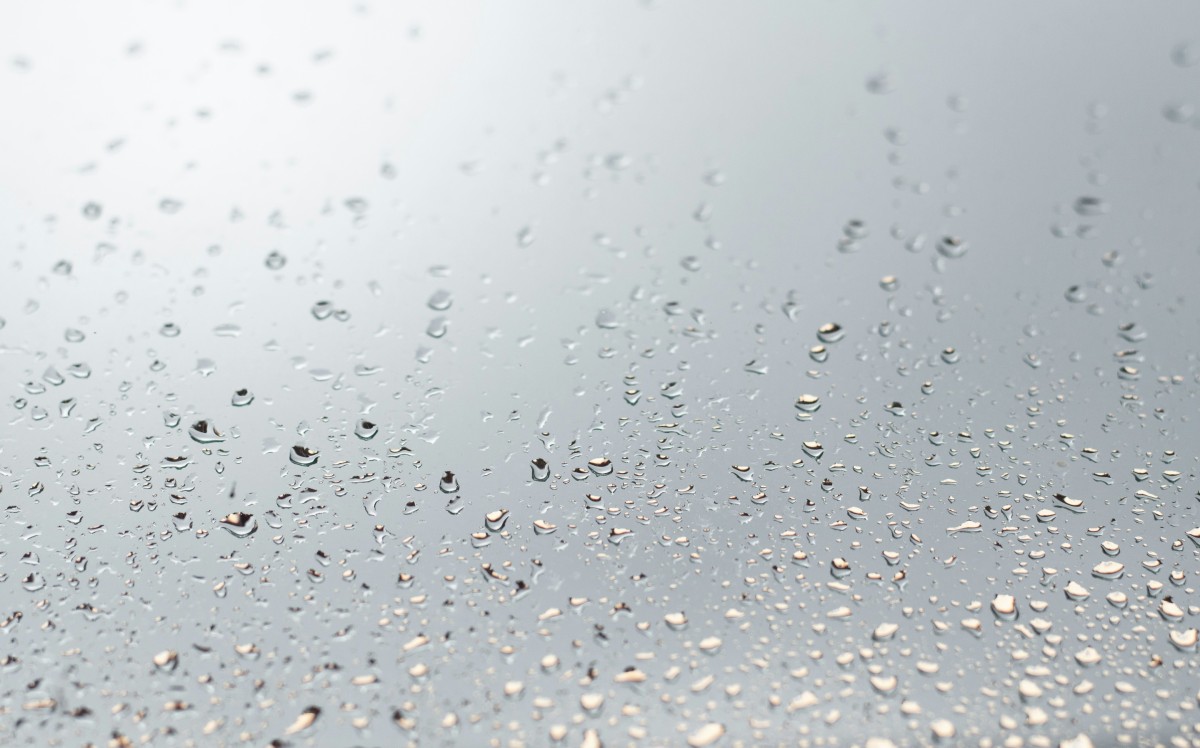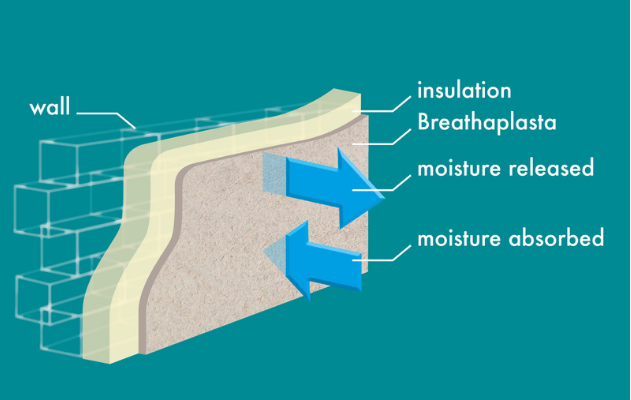
It’s been a summer like no other and one we’re not likely to forget in a hurry, though as we now enter September and the nights begin to draw in, our attention turns once more to heating our homes. But at the same time another problem raises its ugly head once more – condensation and mould. Condensation is seasonal and coincides with the arrival of the colder autumn and winter months.
Most of us have experienced condensation in our property at some point in time and 25% of homes in the UK are estimated to have ongoing issues with condensation, damp and mould according to a report from the UK Centre for Moisture in Buildings.
What is condensation?
Condensation occurs when warm, moist air meets a surface (or air) of a lower temperature. Where the two temperatures collide, the warm air loses its ability to hold moisture and the moisture it can no longer hold is deposited (condenses) onto the cold surface.
Why do my windows get condensation?
Double and triple glazing reduces condensation on windows by keeping the surface temperature of the glass warmer, but windows are still generally cold surfaces and so attract condensation. This isn’t to say that condensation only occurs on windows. Moisture will condense on other cool surfaces, particularly adjoining wall surfaces and even ceilings.
What causes condensation?
There are four main factors that cause condensation:
Too much moisture being produced in the home
Insufficient ventilation
Cold surfaces
The temperature of the home
While it’s common to think that cold and draughty older properties are more likely to suffer condensation and damp, it is just as common in more modern buildings and in well insulated new builds. In fact, as we improve the insulation and airtightness of our buildings to make them more energy efficient, an unintended consequence is that we reduce ventilation and limit the property’s ability to ‘breathe’. Reduced ventilation traps moisture and causes an increase in condensation in better insulated buildings. In fact, condensation is now reported as being the most common form of dampness in buildings and this accounts for this phenomenon in our newer and better insulated properties.
Condensation can obviously affect all properties, no matter their age or market value or whether they are privately owned or rented. Prolonged periods of condensation can lead to the formation of black mould and a multitude of potential health impacts from itching eyes to breathing issues including asthma and even the lung disease Allergic Aspergillosis.
What causes too much moisture being produced in the home?
Cooking, washing, drying clothes, taking a bath or shower and breathing! That’s right, just our breathing alone can produce several litres of moisture a day. In fact, an average family of 4 can generate approximately 14 litres of moisture per day!
Take back control
With everything, knowledge is power. An easy way to take back control and a great way to engage kids is to install a hygrometer, an instrument that measures temperature and relative humidity. This will show you when humidity levels fall outside of the optimum range. The ideal relative humidity range for health and comfort is about 40-50%.
More humid conditions provide an environment in which house dust mites easily multiply. Excessive condensation can lead to a multitude of damp-related health problems such as asthma, bronchitis and allergies. Black mould fungus on walls and ceilings can shed their spores. These can easily enter the body through inhalation. These allergens can cause annoying physical symptoms from itching eyes to breathing issues including asthma. As their worst they can cause lung disease Allergic Aspergillosis.
What are the solutions to excessive moisture, condensation and mould growth?
The solutions fall into two categories; behavioural change and mechanical or product interventions.
A lot can be achieved by simple behavioral change to reduce the amount of moisture being generated in the home and minimise the risk of condensation occurring. However, as our homes become better insulated and more airtight to improve energy efficiency, we have an increasing need for mechanical or product interventions to manage the remaining moisture. Ultimately, even the most conscientious condensation combater will still generate moisture through their everyday activities and this can cause problems in our modern airtight and insulated homes.
How can I reduce moisture in the home through behavioural change?
There are several easy steps you can take to reduce moisture in the home and minimise the risk of condensation.
Avoid drying clothes inside on radiators or in front of fires. Dry clothes outside or use a well-vented tumble drier.
In the kitchen, cover pans when cooking, don’t leave kettles boiling and use an extractor fan to vent excess moisture to the outside. Keep the kitchen door closed when cooking or washing.
In the bathroom, keep to short baths and showers and use an extractor fan to vent excess moisture to the outside. Keep the bathroom door closed when taking a bath or shower.
Keep vents clear of obstruction and leave window vents open all year round to ensure a constant flow of fresh air.
Open doors and windows regularly to ventilate your home and leave interior doors open when not washing or cooking or when out for the day to improve ventilation.
Try to maintain a constant low-level background heating to help ensure no rapid temperature changes, circulate air and ventilate your home and to keep wall surfaces warm.
Is there another way to ventilate my home and increase the surface temperature of my walls without increasing my energy bills?
Glad you asked – this is where mechanical and product interventions come into their own and we’re going to look at two options below – Breathaplasta ultra-breathable lime plaster and Ventive PVHR. Both of these are passive ways of creating healthy, energy efficient homes without using energy demanding mechanical ventilation and without the hassle of ongoing maintenance.
Breathaplasta
Check your walls. Are they cold to touch? Perhaps they’re damp even?
If your walls feel cold, chances are your home is not very well insulated. In a poorly insulated wall, warmth dissipates quickly to the outside, creating a cool wall in comparison to the room. If the wall is well insulated, a barrier is created that prevents the warmth from escaping to the outside and this means the wall is going to hold the warmth and feel warmer to touch.
Increasing wall surface temperature is an effective way to reduce condensation, damp and mould and there are many ways to achieve this.
Breathaplasta is an easy, low cost product intervention to increase the surface temperature of your internal walls and prevent condensation and mould. At just £3.50 per square metre, Breathaplasta is on average 3x less expensive than installing cavity wall insulation and around 30x less expensive than installing external wall insulation (EWI) per square metre.
Breathaplasta is a very easy and very cost-effective way to combat condensation and minimise mould risk.
Breathaplasta works in three key ways:
#1
The fine bio material incorporated into the plaster has an insulating effect and increases the surface temperature of internal walls.
This insulating effect makes them feel warm to touch and reduces heat loss, in turn reducing demand for heating and saving you money on your energy bills during the autumn and winter months.
Critically this insulating effect reduces the chance of condensation forming as wall surfaces are warmer preventing water vapour in the air from changing into liquid.
You can see how Breathaplasta increases the wall surface temperature in the photo below.
#2
The fine bio material incorporated into the plaster also has a secondary function. It breathes with a building’s occupants, passively regulating the moisture created from daily activities by extracting moisture from the air and holding it within its microporous structure, only to be released as moisture levels in the air decrease.
In this way, Breathaplasta ensures that the ideal relative humidity range of about 40-50% is constantly maintained for maximum health and comfort.
You can see how Breathaplasta naturally regulates moisture levels in the graphic below – moisture is freely absorbed and released by the plaster as levels of water vapour in the surrounding air rise and fall over the course of the day and throughout the night.
Breathaplasta breathes with a building’s occupants, passively regulating the moisture created by daily activities. This helps inhibit mould growth, creating healthy living spaces.

#3
Should moisture levels be excessively high, and some condensation continue to form then the naturally high pH of Breathaplasta will inhibit the growth of mould and fungi on its surface, ensuring a healthy and comfortable living environment for you and your family.
To see more on Breathaplasta and to find out where to buy with one of our UK stockists click here.
Ventive
Ventive are a company that offer PVHR (Passive Ventilation with heat Recover) ‘naturally intelligent ventilation’ systems. Ventive supply a range of energy efficient ventilation devices that introduce fresh air to buildings without using or losing energy. Ventive allows for continuous ventilation of domestic dwellings without the associated heat loss, running costs and hassle of maintenance. No power required and with no noise and no running costs, Ventive offer a cheap, easy to fit (and retrofit) alternative to standard mechanical ventilation heat recovery (MVHR) systems and one that can still achieve 92-97% heat recovery.
The systems on sale can fit both existing properties with chimneys and new build without chimneys and will ventilate your home with warm, fresh air and expel moisture laden stale air to the outside reducing incidence of condensation and minimising mould risk.
Find more information on Ventive PVHR technology (Passive Ventilation with heat Recovery) on their website.